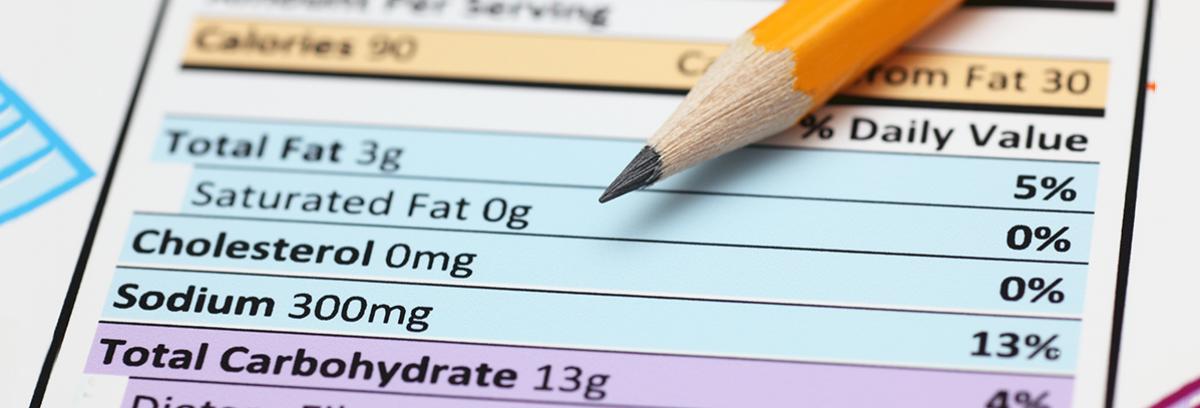
WHAT YOU NEED TO KNOW ABOUT FOOD LABELS
January 28, 2021
|
6 min
UNDERSTANDING FOOD LABELS
Time is almost always of the essence, so we skip on the small stuff. We stop at the shop with the easiest parking and not always the best products, we skip on meals and gladly skip reading the food labels. But we at Nestlé have come to learn that it is not only the lack of time that keeps you from reading the label, but also the lack of understanding it. Most people feel they need a medical dictionary to read it, so we went ahead and broke it down for you so you can make the smarter choice when it comes to the food you buy:
* Look at the serving size
Compare the serving size on the package to the amount that you eat. If you eat the serving size shown on the Nutrition Information Table – in South Africa, you will get the amount of kilojoules (kJ) and nutrients that are listed.
* Look at the kilojoules (kJ)
Kilojoules (kJ) tell you how much energy you get from one serving of a packaged food.
* Look at the % Nutrient Reference Value (NRV)
Being aware of % NRV on a nutritional information table is a useful way to compare different products and help you choose the product most suited to your daily intake needs. This will help you and your family to select a wide variety of foods and achieve a healthy, balanced diet.
* Try to get more of these nutrients
Fibre, Vitamin A, Vitamin C, Iron and Calcium
* Try to get less of these nutrients
Total Fat, Saturated Fat, Trans Fat, and Sodium
Knowing about what you eat is an important part of looking after your health and well-being. Food labels carry information such as the nutritional information table, ingredient list, allergens, country of origin, and advisory statements if there is an ingredient that may pose a potential health risk for certain people. It is good to remember that some of the healthiest food may not have a label, such as fruit, vegetables and fresh meat.
You will find only two nutrient claims on our products:
1.
‘High in’, which means the product contains 30% of the NRV of the specific nutrient; and
2.
1.
‘Source of’, which means the product contains 15% of the NRV of the specific nutrient.

LABEL SAYS WHAT?
The label can also be confusing when reading through the nutrient claims. We need you to understand what it is that the label says so you can make the smarter choices about your family’s wellness journey:
* ENERGY (kJ): By using the ‘per 100g as prepared’ column you are comparing the energy (kJ) in similar food products. If you’re watching your weight, this will help you to choose products with lower energy (kJ).
* PROTEIN: Is important for building and repairing muscle. Make sure you’re including a good source of protein at every meal.
* FAT: This is shown as total fat and then broken down into different types of fat.
* TOTAL FAT: Foods are considered low in fat if they have 3g or less total fat per 100g.
* SATURATED FAT: This type of fat is not heart healthy, so the simple rule is: the lower the amount, the better.
* CARBOHYDRATES: The best source of energy in the diet. These include both starches and sugars.
* SUGARS: Include those that occur naturally (in fruit and milk) as well as added sugars.
* SODIUM: Is a component of salt. It is found in many foods, both processed and fresh. Foods are considered to be low in sodium if they contain less than 120mg sodium per 100g as prepared. Choosing low sodium foods is better for you overall.